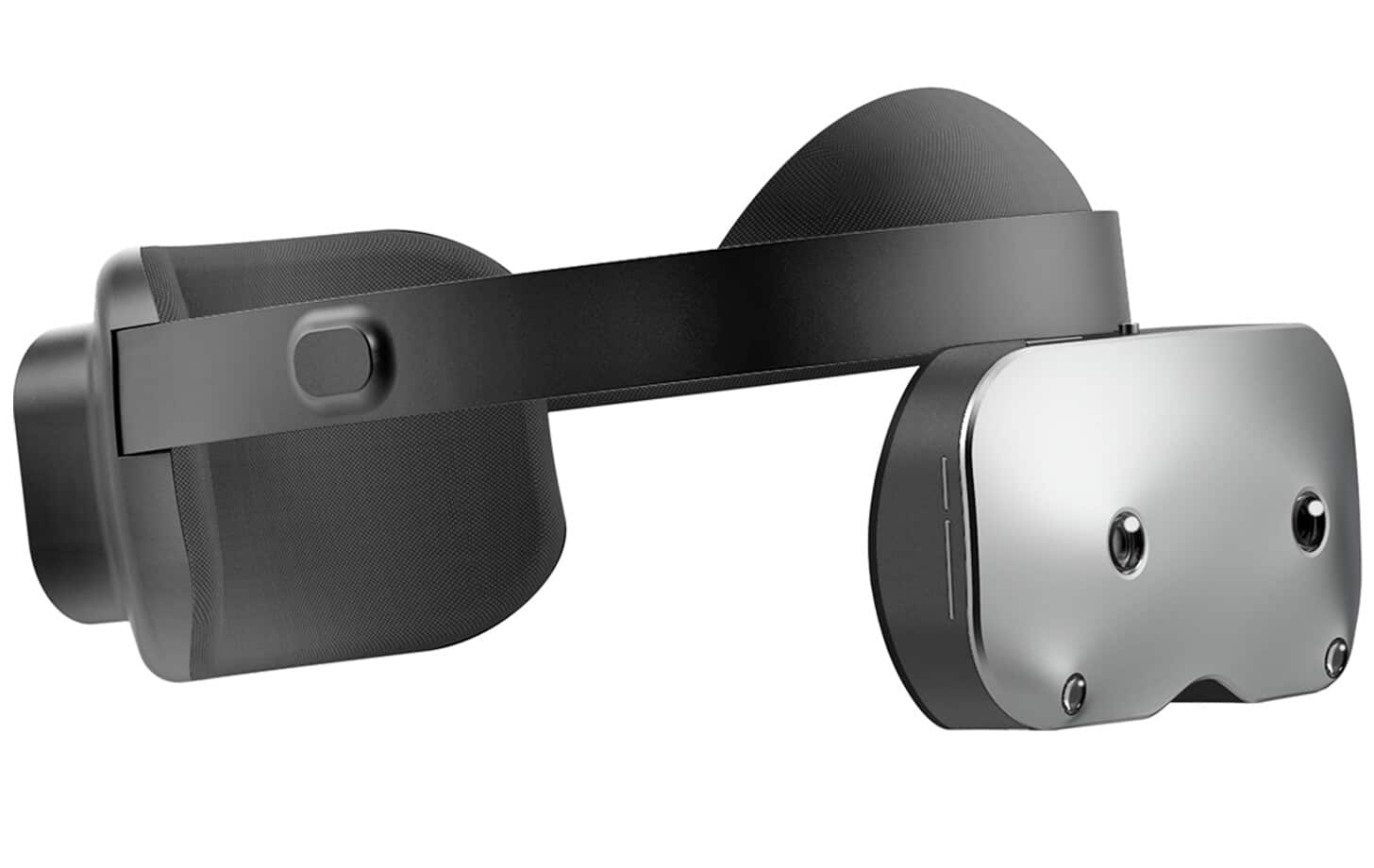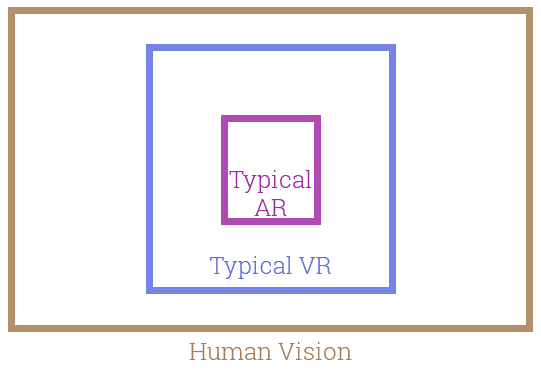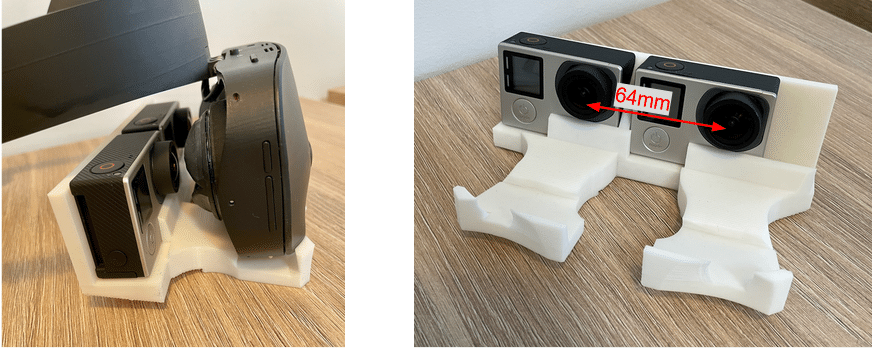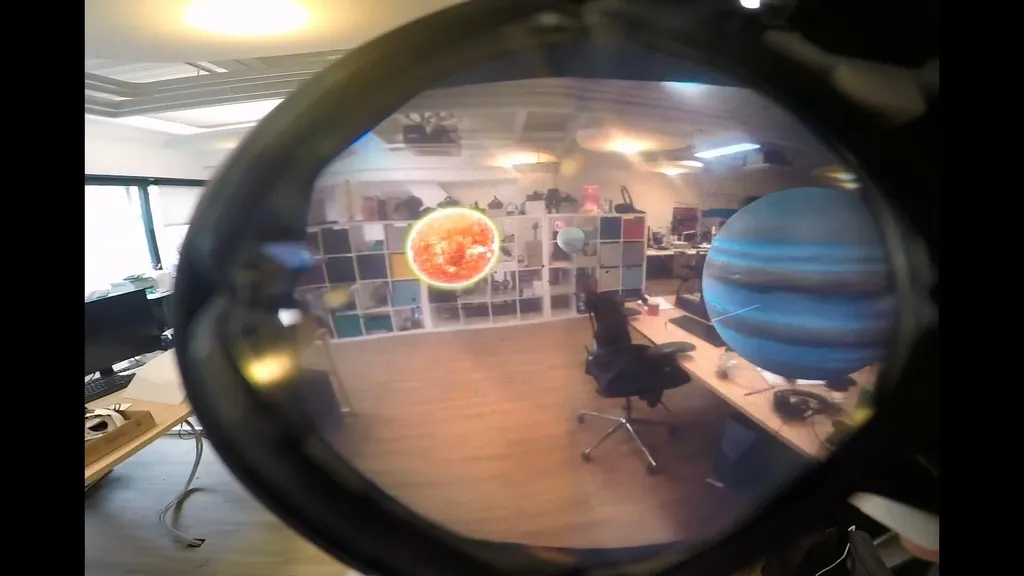A short through-the-lens clip of the upcoming Lynx-R1 mixed reality headset shows the advantages of passthrough AR over transparent optics.
Lynx-R1 was announced in February 2020, slated to be priced at $1499. It’s targeted at professionals. Since that announcement the design has changed, becoming significantly slimmer. It uses the same Snapdragon XR2 processor seen in Oculus Quest 2, but houses a much larger battery in the rear.

There are currently two fundamental types of AR headsets: see-through and passthrough. Most AR headsets, such as Microsoft’s HoloLens 2, are see-through. You view the real world directly, with virtual objects superimposed onto the glass.
The technology behind see-through AR optics is still in the very early stages. The field of view is narrow and virtual objects cannot be fully opaque.

Passthrough headsets, like Lynx-R1, use the same kind of display system as VR headsets, except instead of rendering an entirely virtual world they show the real world via cameras. While the real world won’t necessarily look as good, this allows for AR across a much wider field of view, as well as full virtual object opacity and lower cost (HoloLens 2 is priced at $3500).

That’s visible in the short clip posted this week. It was filmed by placing 2 cameras in front of the lenses. Remember, what you’re seeing is not a transparent optic. It’s a view from the cameras on the front, synthesized into a perspective-correct view by the Snapdragon processor onboard and displayed on the LCD display behind the lenses.
Long before we get the sci-fi AR glasses expected from Apple and Facebook, VR headsets will deliver richer augmented reality via high quality cameras. As the field of view of VR increases, it will be harder yet for transparent optics to catch up.






























